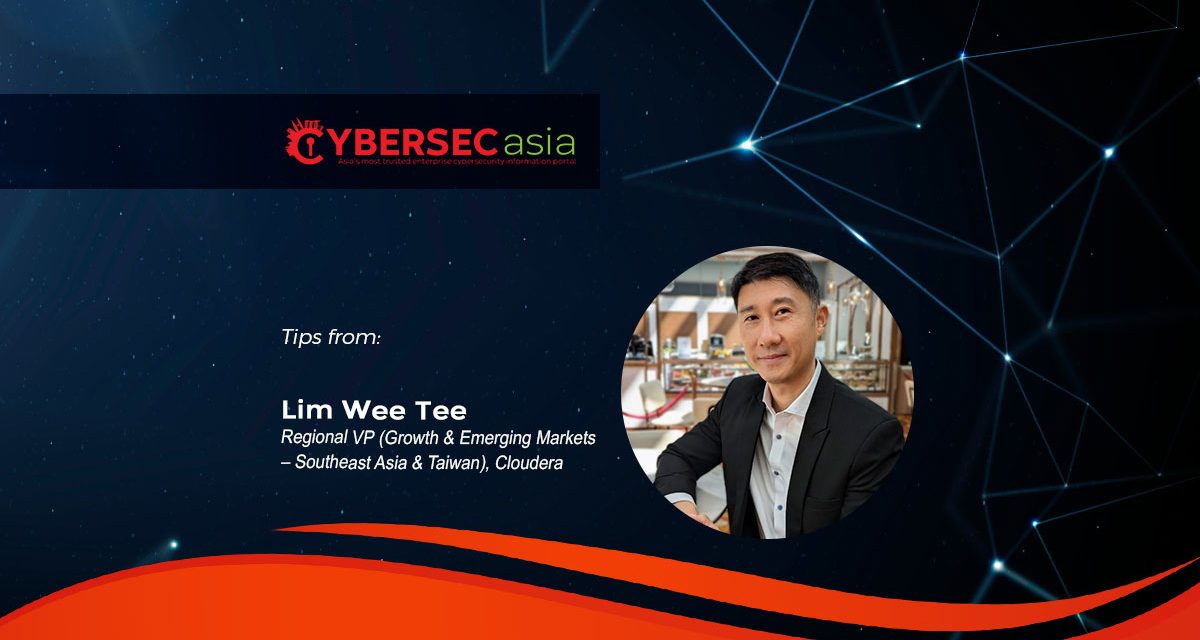By approaching data privacy regulations in the right spirit, organizations can have their data cake and eat it too
While data is used to enhance the customer experience, organizations also face an added responsibility to keep this information safe and guarded. If data is not properly managed, any organization that has significant brand value faces reputational risks. This is also true for highly regulated organizations such as financial institutions.
Yet, the promise of new generative AI (Gen AI) applications and their potential value, coupled with the massive amount of personal data that organizations are looking to tap on, seem to be at odds with the privacy mandate. Businesses struggle with what appears to be a zero-sum game: whether to utilize the available data to elevate their offerings, or dial back to avoid any risk of data privacy infringements.
The good news is businesses do not need to treat this as an “either-or” conundrum when data privacy is made a core business process.
Countering the conundrum
The first step in elevating data privacy to be a core business function is pinning down a codified approach to the people, processes, and technologies involved in managing data. Codification encompasses baking privacy measures into the design of IT systems and business practices, not bolting them on as an afterthought or in reaction to a breach.
- Whether purchasing, selling or gathering personal data, organizations should know what information they have on consumers; how it was gathered and stored; how and when it is used or processed; who is using it or has access; how it is secured, and when it gets removed or deleted upon request.
- Simply put, codification of data is about taking ownership of the entire data lifecycle, and articulating the guardrails governing the collection, management, and utilization of data. This strategy then needs to be evaluated for compliance with privacy regulations in the markets that the organization operates in.
- In such an IT environment, all personal data is safeguarded by default throughout the lifecycle, from its collection and use, until its destruction.
This principle is applied across any data architecture involving the use of personal data to support business use cases, ranging from marketers looking at a 360-degree view of customers, to inventory teams overseeing supply chains.
Wrestling back control of data
A data strategy with privacy at its core requires organizations to deploy a modern data platform that applies consistent security controls across all data.
With a consistent data context seamlessly applied everywhere, users can rest assured that the sensitive data they are working with is kept secure across environments, creating more freedom for innovation without being limited by security concerns.
Deploying modern data architectures like an open data lakehouse eliminates data silos, applying an integrated set of security and governance technologies and policies across all data, structured or unstructured, no matter where they reside.
With volumes of complex data housed in the Cloud or on-premises environments being accessed by various organizational functions, consistent data security policies is key. This underlying layer includes:
- the encryption or tokenization of data
- the management of access, privilege, and audits
- the detection and response to anomalies for the sending of timely alerts to IT leaders if a breach has occurred
- the boosting of threat prevention across the entire enterprise data and AI landscape. This is critical because regulation covers all personal data stored, not just the data that is readily available
- security controls that provide the right visibility, audit trail, and access controls. This includes boosting visibility of how data moves through the system (also known as data lineage or data provenance): the provenance of the data; its distribution trails; the logs of people who have changed it and why and when; where it is at any given time
As a result of this codified approach, organizations will be able to operate where their most secure data resides while maintaining user privacy, ensuring responsible AI deployments, and adhering to ever-expanding data regulations.
Ultimately, a data management platform that is secure by design cedes control of data back to organizations.
No either-or dichotomy
When data privacy is entrenched as a key tenet of the organization, leaders no longer face a toss-up between benefitting from data analytics and AI, or respecting individuals’ privacy: it is possible to have both.
By applying the principles of privacy by design, enterprises can demonstrate that they prize personal data privacy, not just to comply with regulations, but because it is the right thing to do.

















